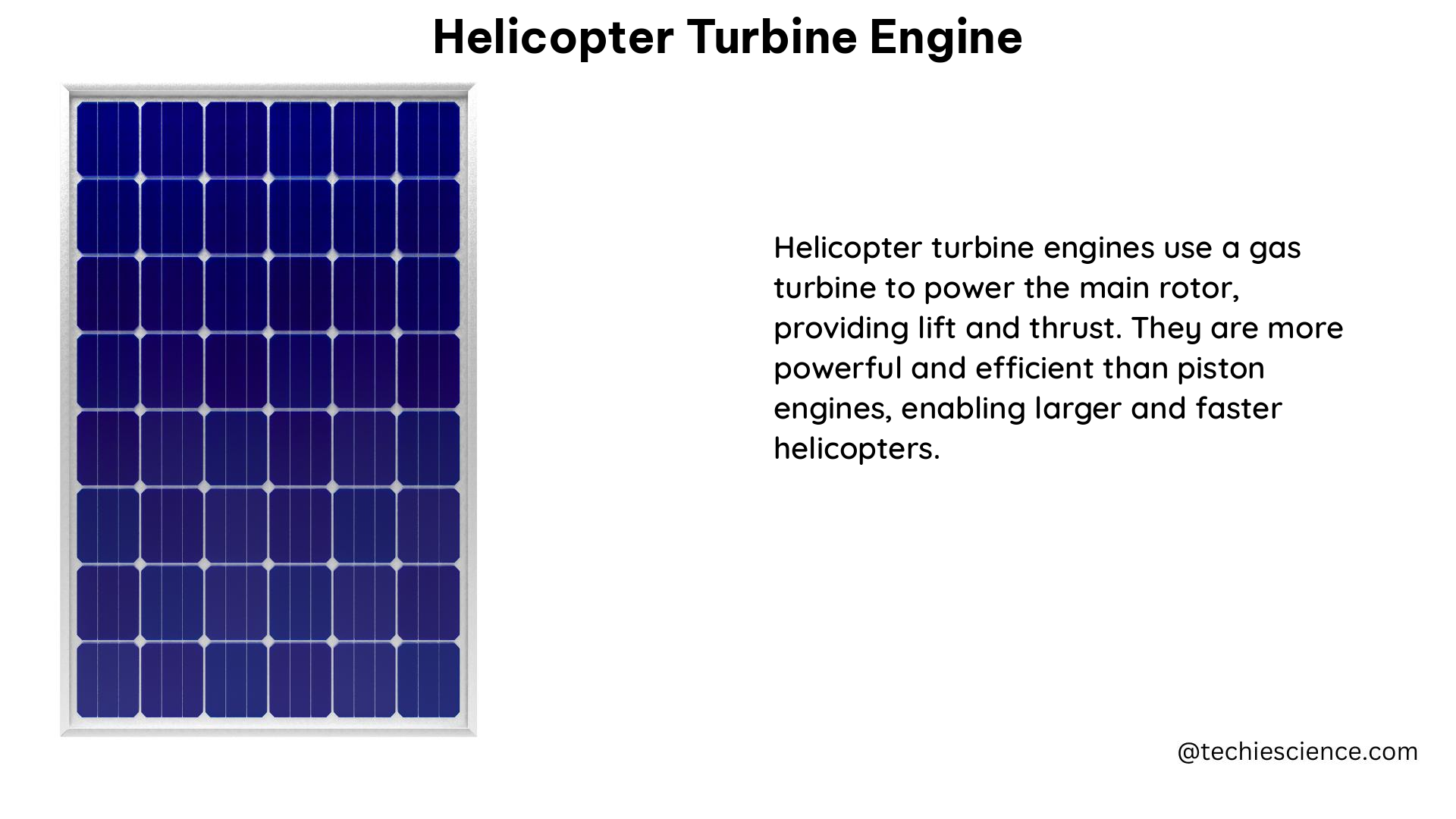Helicopter turbine engines are the powerhouses that enable these versatile aircraft to soar through the skies, performing a wide range of missions with unparalleled agility and efficiency. These advanced propulsion systems are the result of decades of research, engineering, and technological advancements, and they continue to push the boundaries of what is possible in the world of rotorcraft aviation.
Helicopter Engine Performance Simulations: Predicting the Unpredictable
Designing and optimizing helicopter turbine engines is a complex task, as these engines must operate in a wide range of environmental conditions and face various aerodynamic challenges. One such challenge is the non-uniform total pressure profile at the Aerodynamic Interface Plane (AIP), which can significantly impact engine performance.
To address this issue, researchers have developed comprehensive wind tunnel investigations and performance simulation tools. According to a study conducted on the H135 helicopter, the results showed a non-uniform total pressure profile at the AIP, which could have significant performance influences during the design phase.
To predict these performance impacts, the researchers implemented a performance simulation tool using the Matlab/Simulink® software package. The engine model used in the simulation is a modern small turboshaft engine with a range of around 300 to 500 kW maximum continuous shaft power. This engine features a two-shaft design, with a single-stage centrifugal compressor and a single-stage axial high-pressure turbine connected by the gas generator shaft. The power shaft connects the single-stage axial low-pressure (power turbine) via a gearbox with the helicopter’s drive chain.
By simulating the engine’s performance under various intake distortion conditions, engineers can optimize the design and ensure that the turbine engine can deliver reliable and efficient power to the helicopter, even in challenging operating environments.
Specific Power: The Measure of Technological Advancement

The specific power of aircraft turbine engines, which is the maximum continuous shaft power per unit of engine mass, is a crucial metric for measuring technological change in the aviation industry. A study conducted by the RAND Corporation examined the specific power of aircraft turbine engines over time, using data provided by industry personnel.
The study found that the specific power of aircraft turbine engines has steadily increased over the years, reflecting the ongoing advancements in materials, aerodynamics, and engine design. For example, the specific power of a modern turboshaft engine used in helicopters can range from 3 to 5 kW/kg, a significant improvement over earlier engine designs.
This increase in specific power translates to more power and efficiency for helicopter turbine engines, allowing them to lift heavier payloads, fly longer distances, and perform more demanding maneuvers. As the technology continues to evolve, we can expect to see even more impressive specific power figures in the future, further enhancing the capabilities of helicopter turbine engines.
Pilot Workload and Engine Failure: Quantifying the Challenges
Helicopter pilots face a unique set of challenges, especially when it comes to sudden engine failures. The procedures required to safely land a single-engine helicopter after an engine failure can impose a significant workload on the pilot, potentially compromising their ability to maintain control of the aircraft.
To quantify the pilot workload during these critical situations, researchers have developed the Cumulative Power Frequency (CPF) algorithm. This algorithm calculates the cumulative energy over the frequency range in a moving 3-second time window, effectively reducing the pilot’s influence on the values of power frequency.
By using the CPF algorithm, researchers were able to demonstrate that the workload imposed on pilots during sudden engine failure procedures is indeed high, requiring a significant cognitive and physical effort to maintain control of the helicopter. This data can be used to inform pilot training, cockpit design, and emergency procedures, ultimately enhancing the safety and reliability of helicopter operations.
Conclusion
Helicopter turbine engines are the heart and soul of these remarkable aircraft, enabling them to perform a wide range of missions with unparalleled agility and efficiency. Through advanced performance simulations, measurements of specific power, and quantitative assessments of pilot workload, we can gain a deeper understanding of the technological advancements and operational challenges associated with these powerful propulsion systems.
As the helicopter industry continues to evolve, we can expect to see even more impressive developments in turbine engine technology, further expanding the capabilities of these versatile aircraft and pushing the boundaries of what is possible in rotorcraft aviation.
References:
- Helicopter Engine Performance Simulations accounting for Intake Distortions, https://www.dglr.de/publikationen/2020/530046.pdf
- Aircraft Turbine Engines – Measuring Technological Change, https://www.rand.org/content/dam/rand/pubs/reports/2005/R1017.pdf
- Quantitative assessment of pilot-endured workloads during helicopter flight, https://www.ncbi.nlm.nih.gov/pmc/articles/PMC8421440/

The lambdageeks.com Core SME Team is a group of experienced subject matter experts from diverse scientific and technical fields including Physics, Chemistry, Technology,Electronics & Electrical Engineering, Automotive, Mechanical Engineering. Our team collaborates to create high-quality, well-researched articles on a wide range of science and technology topics for the lambdageeks.com website.
All Our Senior SME are having more than 7 Years of experience in the respective fields . They are either Working Industry Professionals or assocaited With different Universities. Refer Our Authors Page to get to know About our Core SMEs.